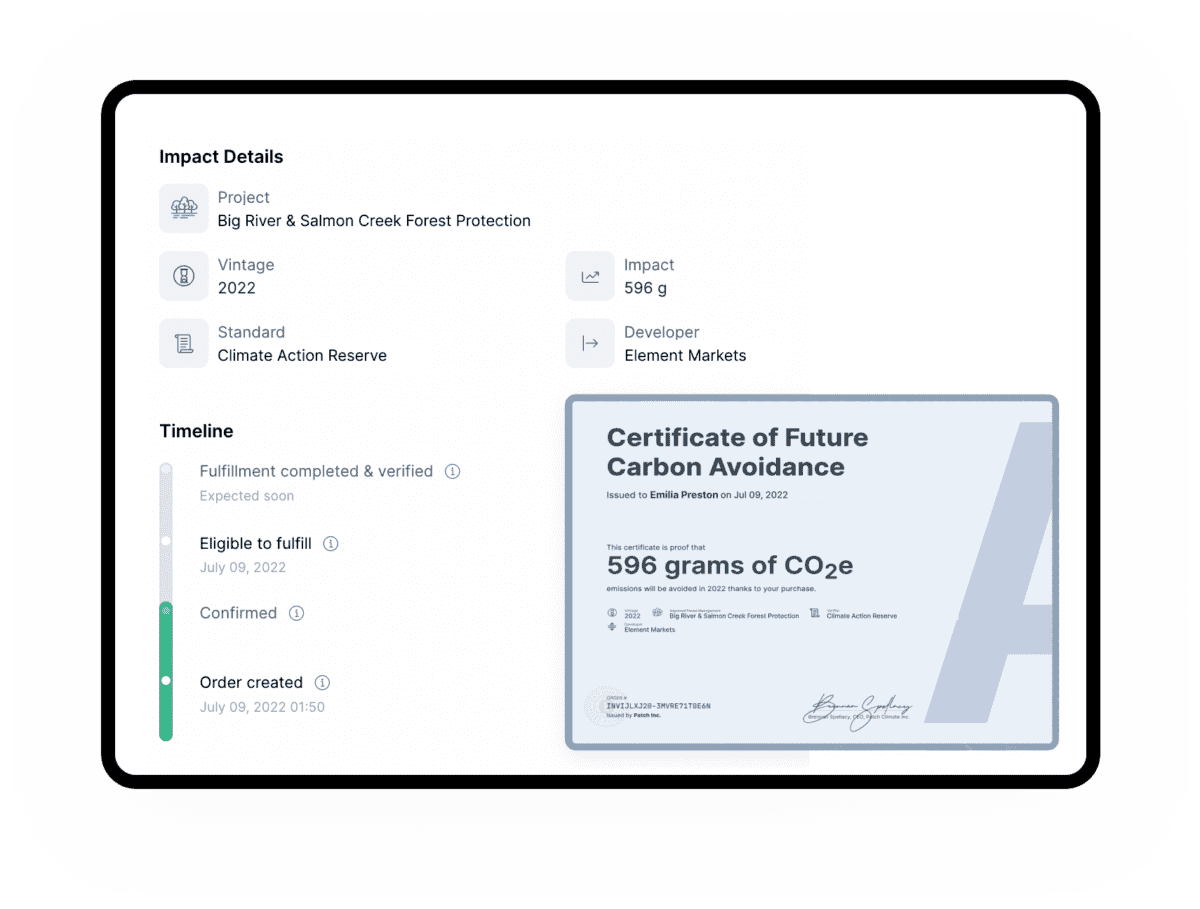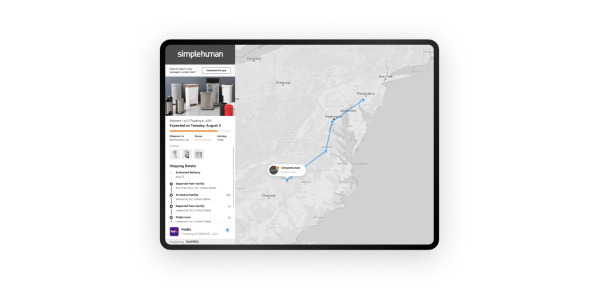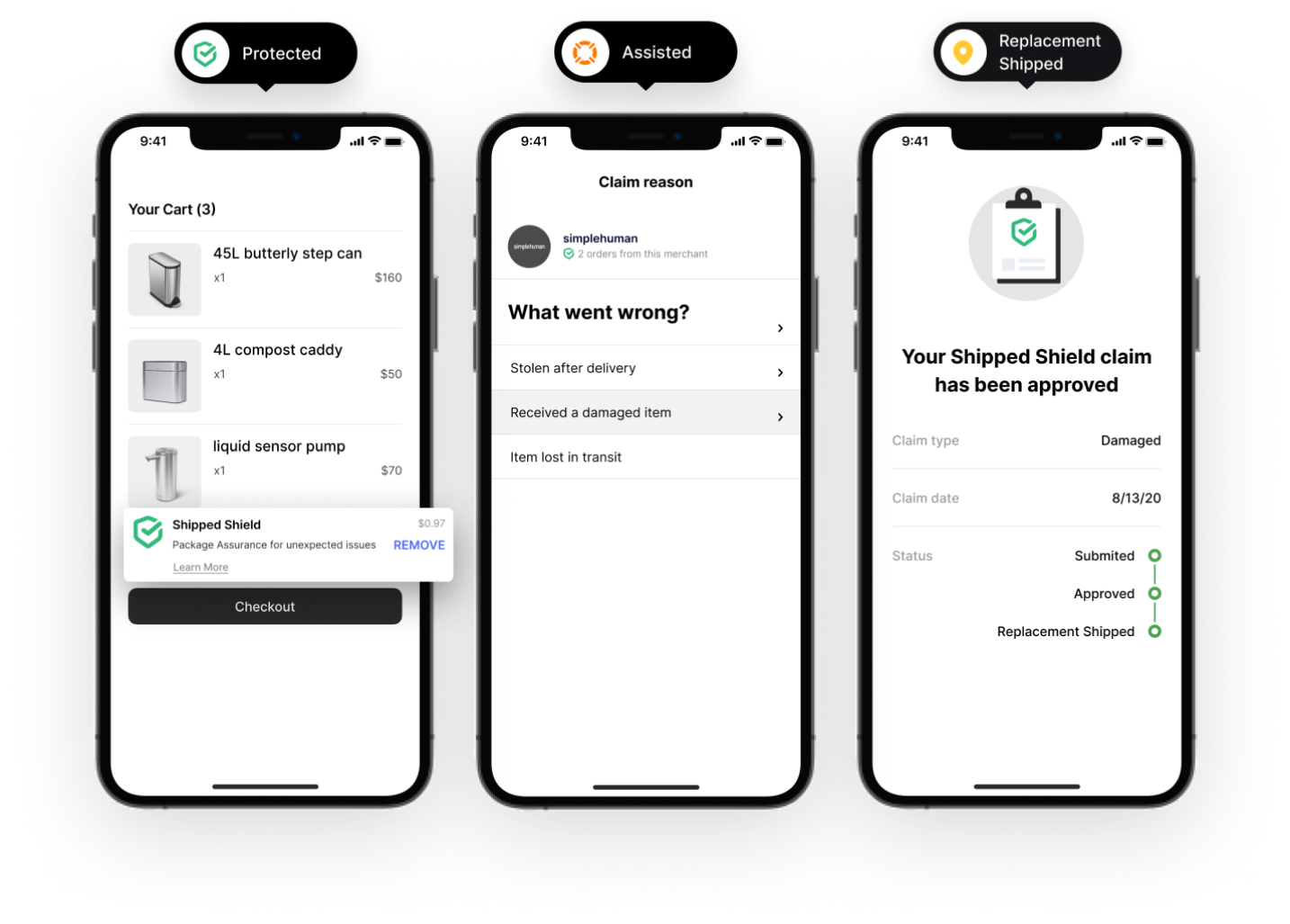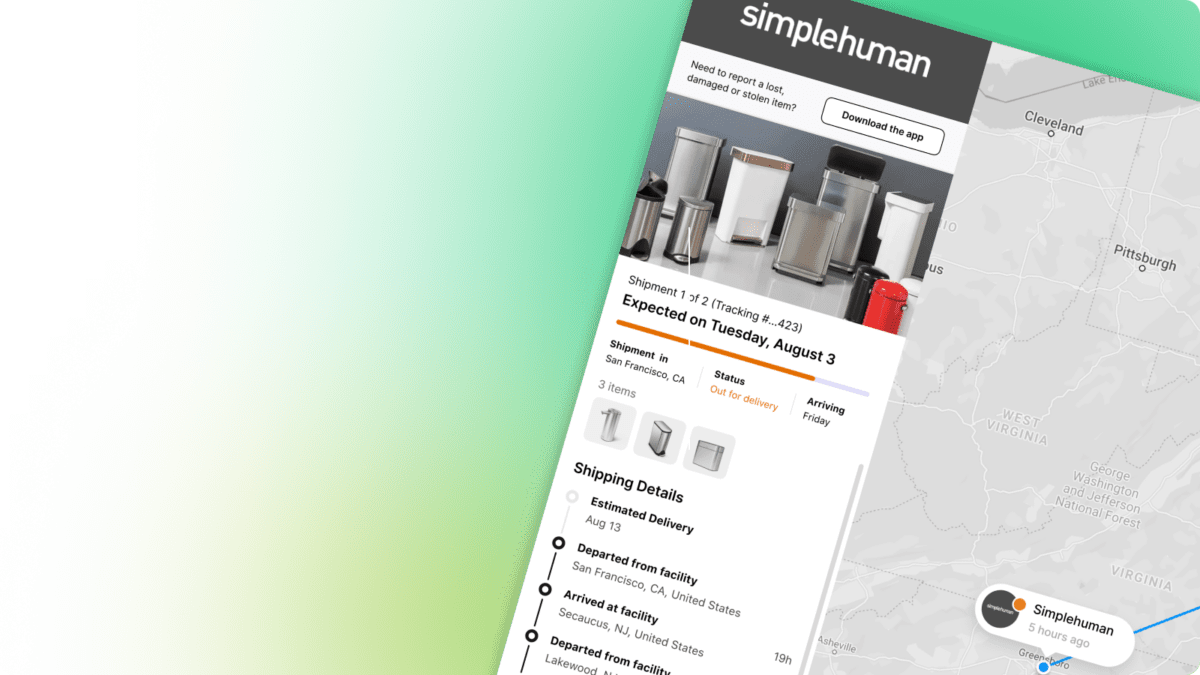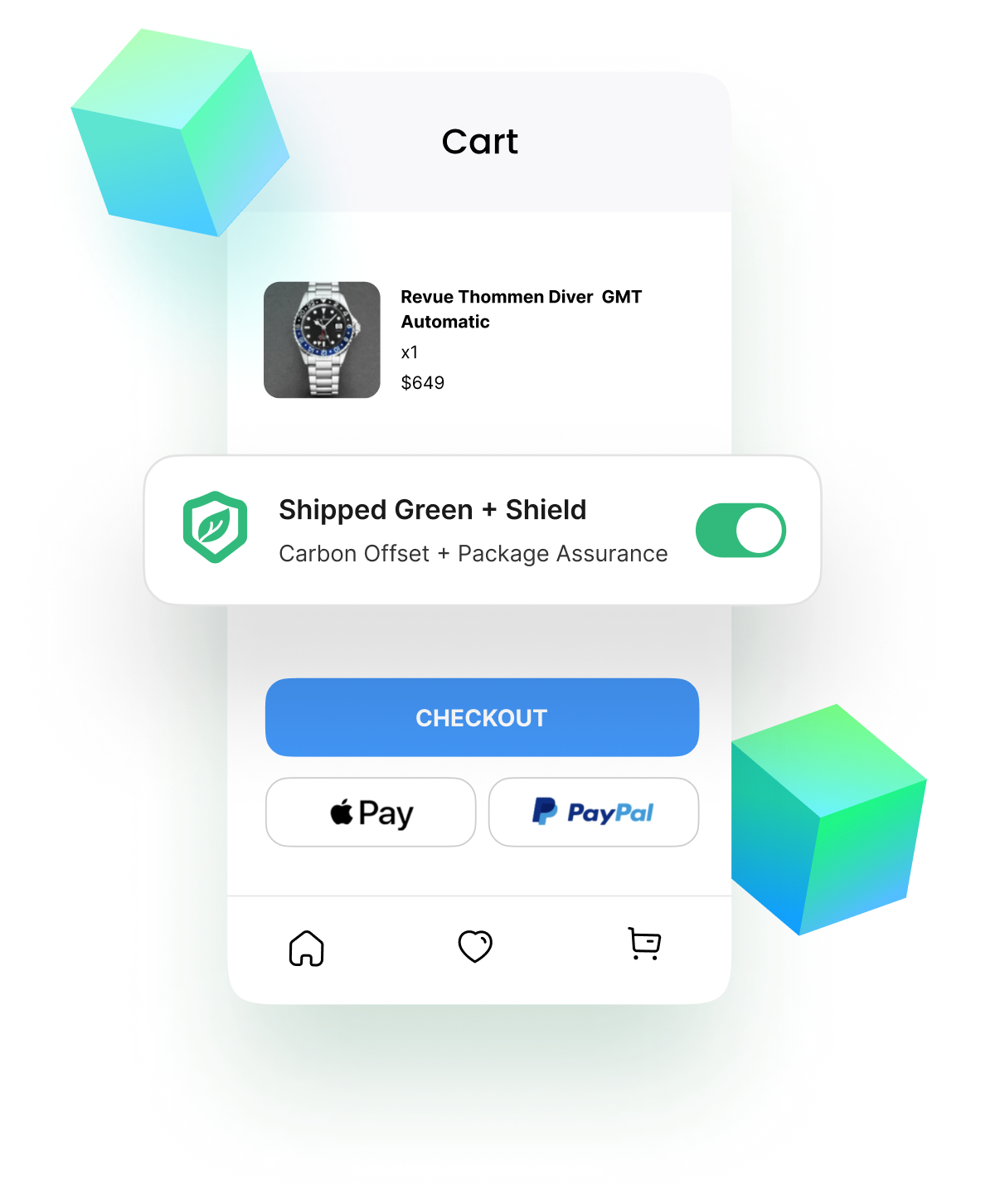Understanding Carbon Credits
Shipped
on
April 12, 2023
A Comprehensive Guide for Business Owners
Climate change is a pressing global issue, and businesses worldwide seek ways to minimize their environmental impact. One popular method of reducing a company’s carbon footprint is purchasing and using carbon credits. In this blog post, we’ll dive into the world of carbon credits, discuss their benefits, and answer some common questions business owners might have about them. We’ll also introduce you to Shipped Green, our solution that makes it easy for businesses to incorporate carbon offsetting into their operations.
What are Carbon Credits?
Carbon credits are a tradable, market-based instrument designed to help combat climate change by incentivizing the reduction of greenhouse gas (GHG) emissions. Carbon credits are issued to projects that reduce, avoid, or remove GHG emissions, such as renewable energy, reforestation, and energy efficiency projects. A single carbon credit represents one metric ton of carbon dioxide equivalent (CO2e) that has been removed or prevented from being released into the atmosphere.
Carbon credits can be generated through a variety of projects, such as:
Renewable energy projects: These projects involve the production of clean energy from sources like solar, wind, hydro, and geothermal power. By generating electricity without emitting greenhouse gases, these projects help reduce the demand for fossil fuels and their associated emissions.
Energy efficiency projects: These initiatives aim to improve energy consumption patterns by promoting more efficient technologies, processes, and practices. Examples include upgrading industrial equipment, retrofitting buildings with energy-efficient materials, and implementing energy-saving measures in transportation.
Reforestation and afforestation projects: Planting trees or restoring degraded forests helps sequester carbon dioxide from the atmosphere. Trees absorb CO2 as they grow, storing the carbon in their biomass and contributing to climate change mitigation.
Carbon capture and storage (CCS) projects: These initiatives involve capturing CO2 emissions from industrial processes or power generation and storing them underground in geological formations, preventing the emissions from entering the atmosphere.
Methane capture and utilization projects: Methane is a potent greenhouse gas with a global warming potential much higher than CO2. Methane capture projects involve collecting methane emissions from sources like landfills, livestock operations, and wastewater treatment plants and either destroying the methane or using it as an energy source.
How Do Carbon Credits Work?
Carbon credits are created through various projects that help reduce or remove greenhouse gas emissions. These projects are often subject to stringent third-party verification processes to ensure their integrity and effectiveness in reducing emissions. Once verified, credits are issued and can be bought and sold on the voluntary and compliant carbon markets.
Voluntary Carbon Market: Businesses and individuals can voluntarily purchase carbon credits to offset their emissions in the voluntary market. They may do this for corporate social responsibility (CSR) purposes, to appeal to environmentally conscious customers, or to meet internal sustainability goals.
Compliance Carbon Market: The compliance market is driven by government-mandated emissions reduction schemes, like the European Union Emissions Trading System (EU ETS) or the California Cap-and-Trade Program. In these systems, regulated entities must purchase carbon credits to offset some of their emissions to comply with legal obligations.
Carbon credits are used to offset greenhouse gas emissions by funding projects that reduce, remove, or avoid emissions. By purchasing and “retiring” carbon credits, individuals, businesses, and governments can compensate for their own emissions and support efforts to combat climate change. Here’s a more in-depth explanation of how carbon credits are used:
Creation of carbon credits: Carbon credits are generated through projects that reduce, remove, or avoid greenhouse gas emissions. These projects can involve renewable energy, energy efficiency, reforestation, carbon capture and storage, or methane capture, among other initiatives. Each carbon credit represents the reduction or removal of one metric ton of carbon dioxide equivalent (CO2e) emissions.
Verification and certification: To ensure the credibility and effectiveness of carbon offset projects, they are subject to verification by independent third-party organizations. These organizations assess the project’s design, monitoring, and reporting systems to ensure that the claimed emissions reductions are accurate and transparent. Carbon credits are typically certified under recognized standards, such as the Verified Carbon Standard (VCS), the Gold Standard, or the Climate Action Reserve (CAR).
Trading and purchasing: Once carbon credits have been issued, they can be bought and sold on carbon markets. There are two main types of carbon markets: voluntary and compliance. In the voluntary market, businesses and individuals can voluntarily purchase carbon credits to offset their emissions for various reasons, such as corporate social responsibility or meeting internal sustainability goals. The compliance market, on the other hand, is driven by government-mandated emissions reduction schemes where regulated entities are required to offset a portion of their emissions to meet legal obligations.
Retirement of carbon credits: When a carbon credit is purchased and used to offset emissions, it is “retired” from the market. This means that it can no longer be bought or sold and ensures that each credit is only used once. The retirement of carbon credits is recorded in a registry to maintain transparency and prevent double counting.
Accounting and reporting: Companies that purchase carbon credits often report their emissions and offsetting activities to stakeholders, such as investors, customers, and regulators. Transparent reporting is essential for demonstrating a company’s commitment to environmental sustainability and ensuring the credibility of its carbon offsetting efforts.
Benefits of Carbon Credits
Using carbon credits offers several benefits for businesses, including:
- Reduced Carbon Footprint: Purchasing carbon credits allow businesses to offset their greenhouse gas emissions, leading to a smaller carbon footprint and demonstrating a commitment to environmental sustainability.
- Improved Public Image: Companies that offset their emissions with carbon credits can showcase their environmental responsibility to customers, investors, and other stakeholders, potentially enhancing their reputation.
- Competitive Advantage: As customers become more environmentally conscious, businesses prioritizing sustainability may gain a competitive edge.
- Support for Global Climate Goals: By investing in carbon credits, businesses contribute to projects that help reduce global emissions, supporting international efforts to combat climate change.
pay a premium for
a sustainable brand
pay more for
sustainable offerings
Common Questions About Carbon Credits
How do I determine how many carbon credits my business needs?
To determine the carbon credits needed to offset your business’s emissions, you must first calculate your carbon footprint. This involves measuring the greenhouse gas emissions generated by your business operations, including energy use, transportation, and waste disposal. Various online tools and consultants are available to help you accurately calculate your carbon footprint. Once you know your emissions, you can purchase an equivalent number of carbon credits to offset them.
Are all carbon credits equal in quality?
Not all carbon credits are created equal. The quality of a carbon credit depends on the project it’s linked to and the standards and methodologies used to verify its emission reductions. High-quality carbon credits come from transparent projects, have rigorous monitoring and reporting systems, and are verified by reputable third-party organizations. Look for credits certified by well-established standards like the Verified Carbon Standard (VCS), the Gold Standard, or the Climate Action Reserve (CAR).
Can I trust that my investment in carbon credits will lead to real environmental benefits?
To ensure that your investment in carbon credits leads to genuine environmental benefits, it’s crucial to choose transparent projects, have a strong additionality claim (meaning the project wouldn’t have happened without the investment from carbon credits), and are verified by reputable third-party organizations. By purchasing high-quality carbon credits, you can trust that your investment will contribute to meaningful emission reductions.
Can offsetting delivery emissions improve my company’s reputation?
Yes, offsetting delivery emissions can contribute to a positive public image. By demonstrating a commitment to sustainability and reducing your company’s environmental impact, you can appeal to environmentally conscious customers and investors, potentially giving you a competitive advantage in the marketplace.
What is the price of a carbon credit?
The price of carbon credits varies depending on factors such as the type of project, its location, and the standards it adheres to. In the voluntary market, prices can range from a few dollars to over $50 per metric ton of CO2e. In the compliance market, prices are generally more uniform and are influenced by regulatory caps and allowances.
How do I communicate my commitment to offsetting delivery emissions to customers?
Transparency is crucial when communicating your commitment to offsetting delivery emissions. Explain how you calculate emissions, which projects you support through carbon credits, and the positive environmental impact your efforts have achieved. You can share information about your offsetting initiatives on your website, social media channels, marketing materials, and product packaging.
What should I consider when choosing a carbon offset provider for delivery emissions?
When selecting a carbon offset provider, consider factors such as the quality of the projects they offer, their transparency in reporting, and their experience working with businesses in your industry. Ensure that the provider offers projects certified by reputable standards (e.g., Verified Carbon Standard, Gold Standard, or Climate Action Reserve) and that they can help you accurately calculate and offset your delivery emissions.
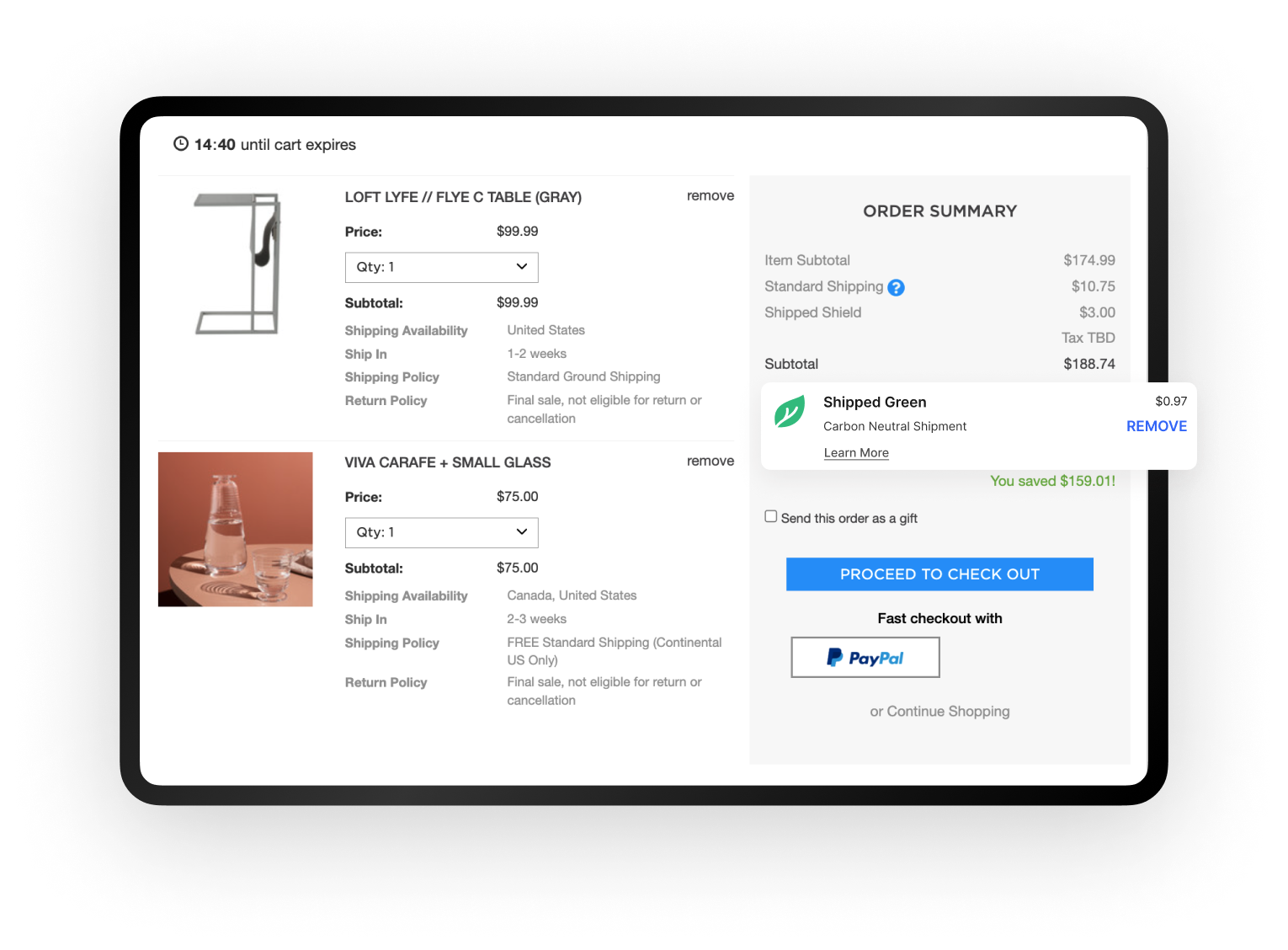
Introducing Shipped Green: Your Carbon Offset Solution
Shipped Green simplifies incorporating carbon offsetting into your business operations by enabling your customers to offset the carbon footprint of their shipment easily. Here’s how we can help you:
- Seamless Integration: Shipped Green has a native app for Shopify, BigCommerce, Magento, and Salesforce Commerce Cloud. We also have custom API integration, allowing you to automatically offset emissions from your deliveries in real-time.
- High-Quality Projects: We source carbon credits from various high-quality projects, including renewable energy, reforestation, and carbon capture technologies. Each project is carefully vetted to ensure its environmental integrity and compliance with established standards.
- Transparent Reporting: Shipped Green provides clear and transparent reporting on your carbon offset purchases, making it easy for you to track your progress and showcase your commitment to sustainability to stakeholders. Every carbon offset transaction is tracked and recorded on the project’s supporting registry, and customers can view their offset at any time.
- Automatic Offset Calculation: Shipped Green automatically calculates how many carbon credits are needed at checkout to offset the delivery emissions of your customer’s order.
By leveraging Shipped Green, you can confidently and efficiently offset your business’s delivery emissions, demonstrate your commitment to environmental sustainability, and gain a competitive advantage in an increasingly eco-conscious market.
